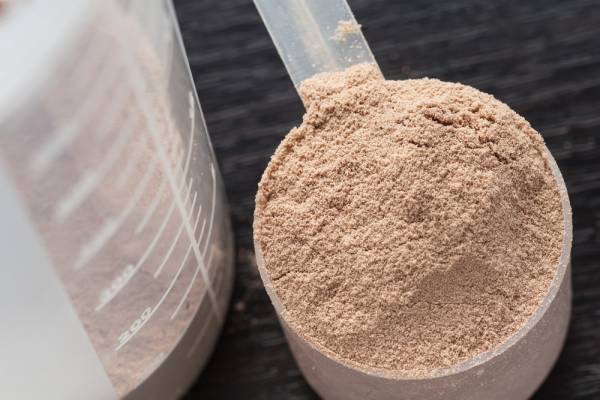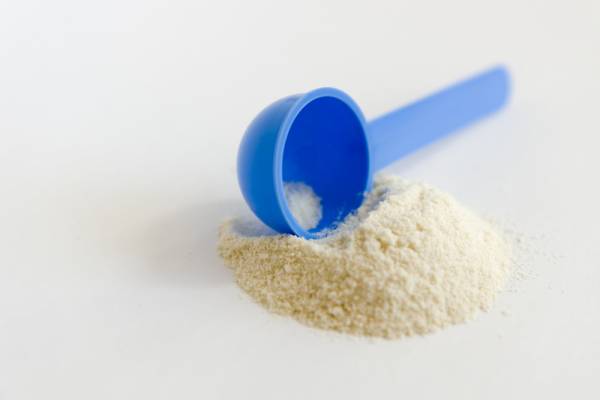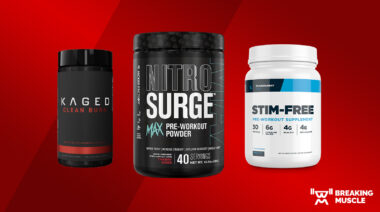It’s easy to find information on the benefits of a supplement and even how much to take per day, but you can rarely find information on the optimal time to consume it anywhere on the label. Admittedly, this can sometimes be difficult to be exact with, as everyone leads a different life, with different sleeping, eating, and training patterns. However, there are some rules that will allow you to make the most of your supplements.
A lot of people tell me how they have already tried a certain supplement and how it didn’t benefit them in any way. But when we dig a little deeper into how and when they were taking it, it becomes more obvious as to why it may have not been working for them. There are certain products that will only work in specific windows and some that will just work better at certain times of day. More importantly, there are some that are only of true benefit if taken every day, even on non-training days. So let’s take a closer look at the timing of our supplements.
What Should I Take When I Wake?
For a lot of people breakfast consists mainly of complex carbohydrates, which will provide sufficient energy to get the day underway and last until the next meal. But eating this way fails to take into account that your body has been without any substantial amount of protein for over six hours and would have used any available protein to repair and rebuild the muscles you broke down during the previous day’s training.
So, we need to get some fast-acting protein into our bodies straight away to start the repair-and-build process again. This will also minimize the breakdown of muscle to be used as energy until the complex carbohydrates in your breakfast start to break down. The best thing you can do is take a serving of whey protein immediately upon waking, as this is a fast-acting, highly bio-available protein.
Should I Supplement With My Meals?
There are two supplements I would advise to take with your meals throughout the day – omega-3s and multivitamins. These are best taken with meals and spread through the day to allow a steady rate of absorption into the body. Both are also taken due to most people’s lack of these elements in their diet and therefore replacing them directly at the meal times allows them to get absorbed when they should naturally.
What About My Pre-Workout Shake?
The main reason some people may find a pre-workout ineffective is that they take it within a few minutes of their training session. Although there may be a few ingredients that can start to work rather quickly, especially if you’re on an empty stomach, you will not get the full effect of the product for around half an hour. You will often hear people comment they didn’t feel any kick off a certain pre-workout product, but then felt like they were full of energy on the way home and couldn’t settle once they were back. This is normally why. They haven’t allowed sufficient time for all the ingredients to be absorbed and be available to the body.

Is There Any Benefit From Taking Anything While I’m Training?
The one thing I would advise to take while you’re training is a BCAA supplement. The leucine in this can promote protein synthesis and help prevent muscle degradation while exercising. It’s worth checking your pre-workout ingredients, though, as quite a few of these will already have an ample amount included. You are looking for L-leucine, L-valine and L-isoleucine on the label. Ideally, you are looking for around 3.5g of leucine to promote protein synthesis.
Then What Goes in the Post-Workout Shake?
This is one of the most vital periods of the day – commonly known as the anabolic window. This period consists of the 45 minutes directly after finishing your training session. Your body will have used a lot of energy and your muscles have been broken down. It is vital to start repairing these as quickly as possible and also replenish your glycogen stores.
It is best to get both a fast-acting protein and carbohydrate in your post-workout shake. Just like when you wake, a whey protein will be best and a carbohydrate like Vitargo or dextrose. It isn’t essential to add your creatine to your post-workout shake, but this is when I would best advise it, as this is the one period of the day you can guarantee a good spike in insulin that can be used to great benefit.
Speaking of Creatine, and Beta Alanine, Too
Both of these supplements can be taken at any point during the day, although creatine is best taken during a spike in insulin for best uptake into the muscles. The most important thing is that these are both taken daily and that we try to keep a steady amount in our bodies. Creatine is normally taken in one 5g serving and beta alanine in three 1g servings, spread throughout the day. The smaller servings of beta-alanine are taken to avoid a tingling sensation called paresthesia. Although this side affect is completely harmless, some people find it quite uncomforting and choose the smaller doses to avoid it.

And Finally – Before Bed
This is your last chance to get any vital nutrients into your body and to prepare it for its all-important rest, so it can repair and adapt. You find a lot of people will take supplements right before they go to bed, but it is much better to get them in around an hour before you put your head down. This gives the supplements some time to start working, and it also means you aren’t going to bed on a completely full stomach.
At bedtime, we want to be using a much slower-acting protein, as this will provide us with a steady flow of amino acids while we sleep, helping both to repair and rebuild our muscles. The best protein for this is a casein protein, as its bigger particles take longer for the stomach to break down. It’s also the best time to take ZMA (a combination of zinc and magnesium aspartate), which will help boost testosterone and promote good restful sleep.
As I said at the beginning, we don’t all live on the same timescale, so some of this information will need to be adapted to suit your lifestyle. Even so, following these guidelines will help you get the most out of your supplements and push you toward your goals.
Photos courtesy of Shutterstock.






